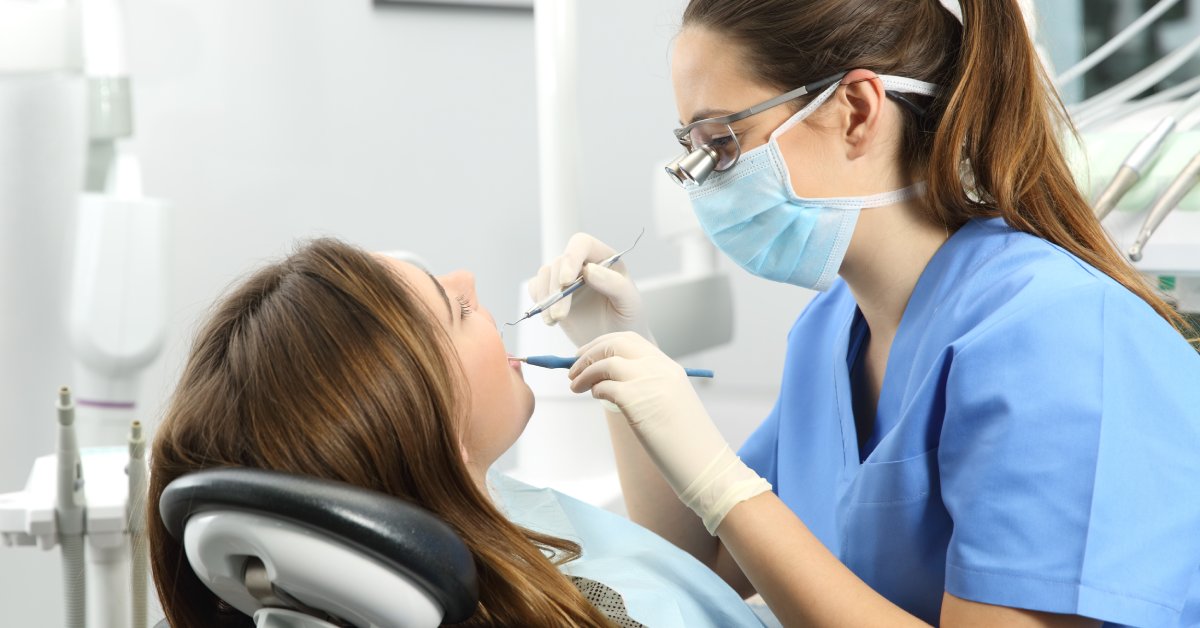Dental practices require strict adherence to health and safety regulations, with OSHA (Occupational Safety and Health Administration) guidelines being a large part of these regulations. For dental hygienists and assistants, understanding OSHA guidelines is part of protecting patients, colleagues, and themselves. This guide highlights the importance of OSHA training, core standards, common mistakes, and essential training requirements for dental hygienists and practitioners.
Importance of OSHA Training for Dental Hygienists
OSHA training helps create a safe and compliant work environment within dental practices. It ensures hygienists and assistants are equipped to manage hazards such as exposure to bloodborne pathogens, chemical materials, and ergonomic risks.
Adhering to OSHA standards reduces workplace accidents and minimizes the legal risks associated with non-compliance. Proper training empowers dental professionals to monitor their own safety while protecting patient health.
Core OSHA Standards
Dental practices fall under several essential OSHA standards. One of the primary regulations is the Bloodborne Pathogens Standard, which mandates measures to protect against exposure to infectious materials.
The Hazard Communication Standard also applies and requires clear labeling of chemicals and the availability of Safety Data Sheets (SDS). Additionally, standards related to personal protective equipment (PPE) ensure workers have the proper safety gear to prevent contamination.
Dental workplaces must maintain proper sterilization procedures and educate staff on updated protocols for handling emergencies or workplace injuries.
Common Mistakes in OSHA Compliance
Many dental offices unintentionally violate OSHA guidelines, often due to a lack of proper training or awareness. One common issue is poor recordkeeping, which includes incomplete documentation of employee medical exams or training logs.
Incorrect handling or disposal of hazardous waste, such as sharps, is another frequent violation. Noncompliance with PPE usage, such as neglecting eyewear or gloves, can pose significant health risks. These mistakes jeopardize safety and can result in costly penalties during OSHA inspections.
Training Requirements for Dental Hygienists
OSHA training for dental hygienists should cover key topics like bloodborne pathogen exposure control, chemical hazard communication, and emergency response. Bloodborne pathogen training is required annually, while other specialized modules may depend on specific workplace risks.
Dental professionals should also receive instructions on how to properly use PPE and handle sterilization equipment. Employers can find accredited dental office OSHA training through platforms like Gamma Compliance Solutions, which offers tailored programs for dental practices. Regular updates and training refreshers keep staff compliant as regulations evolve.
Prioritizing Safety and Compliance With OSHA Training
OSHA training is an investment in the health, safety, and professionalism of any dental practice. By equipping hygienists and assistants with essential OSHA training and knowledge, dental offices can create safer work environments and deliver better patient care.
Staying compliant with OSHA regulations also demonstrates a commitment to excellence and ethical practice. For comprehensive OSHA training or compliance assistance, consider working with professional providers like Gamma Compliance Solutions to equip your team with the tools they need.

